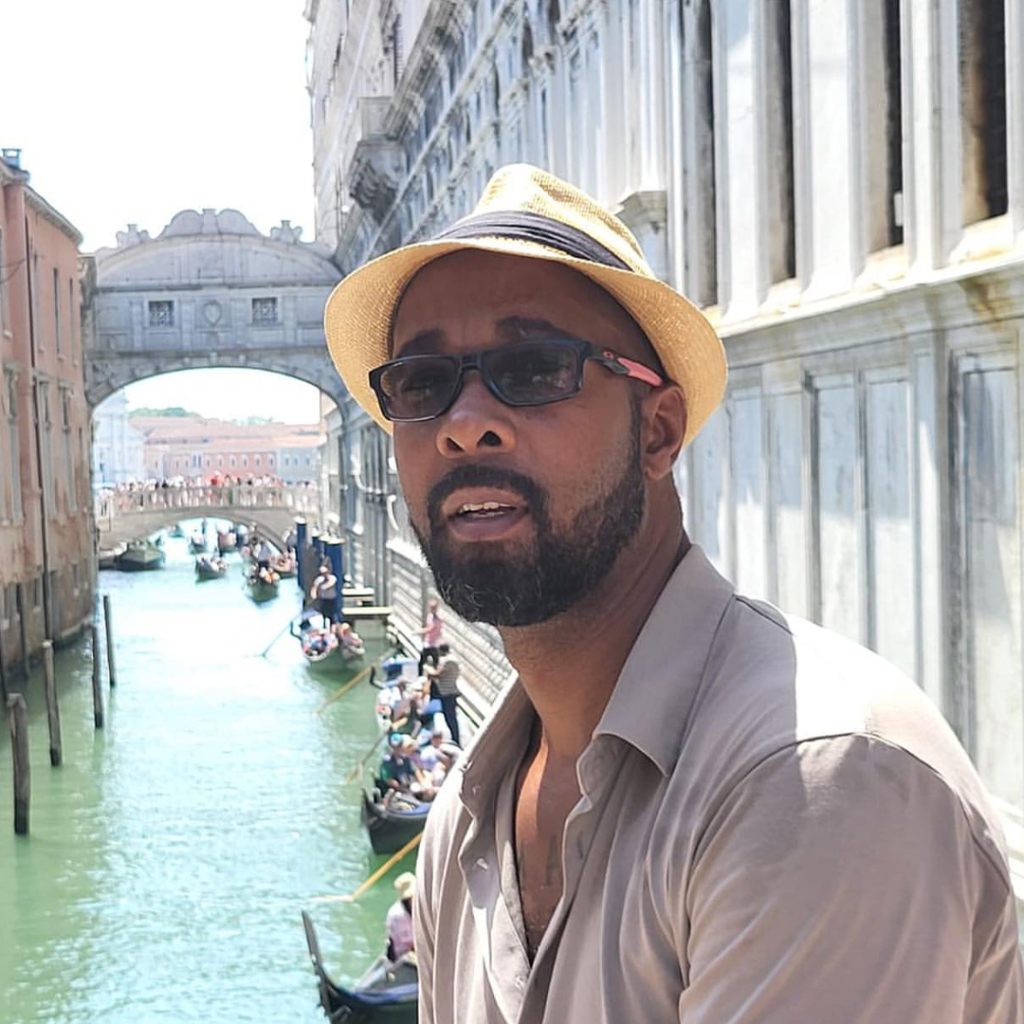
Sirius Rush Gets Remixed
London poet Sirius Rush has teamed up with two of Paper’s finest producers for a collaboration of beauty and depth.
Sirius Rush delivers his poetry with hypnotic power and grace, perfectly partnered by Popsneon and The Secret Soul Society. Each of their takes offers fresh insight and context to the meaning of the spoken words.
Popsneon gives the poetry an all-out beatless Orb-style electronic makeover. Trickling arps, subs, synth lines, and pads draw you in for a weightless, psychedelic head trip.
The Secret Soul Society brings a soulful summer jam. Birds, Rhodes, synth bass, subtle acid, hazy-style chords, and shuffly drums make this perfect for those sunset moments.